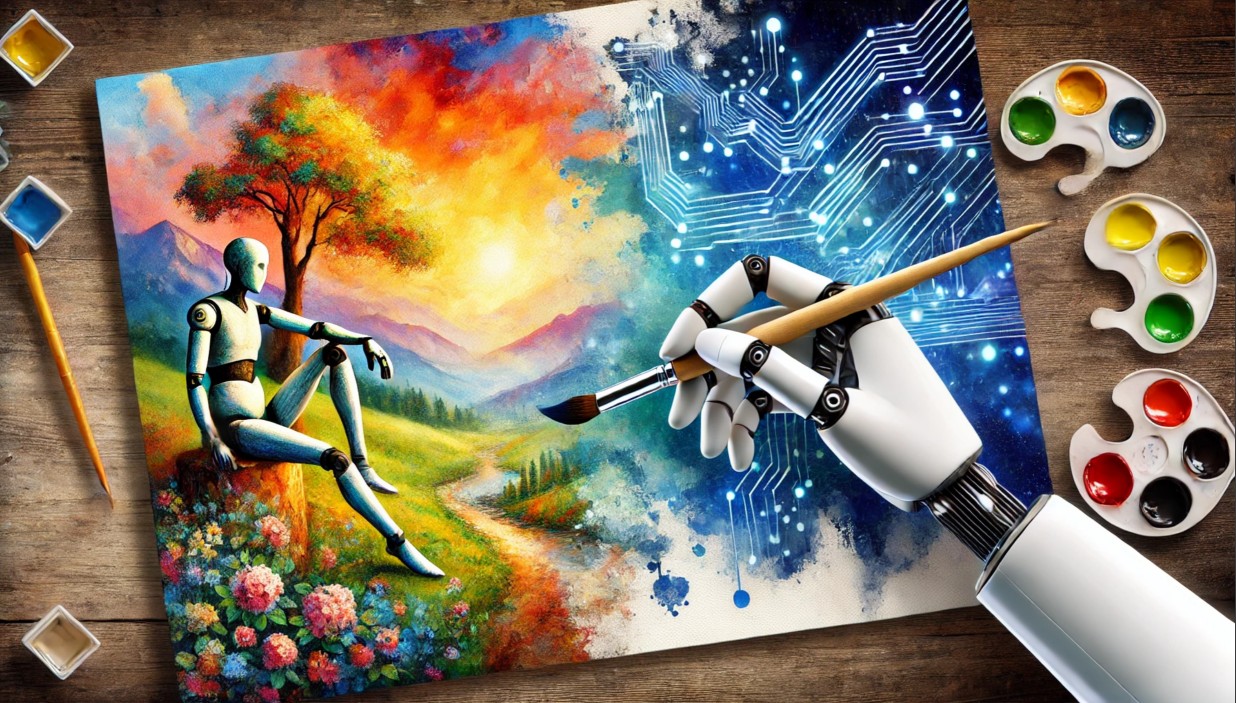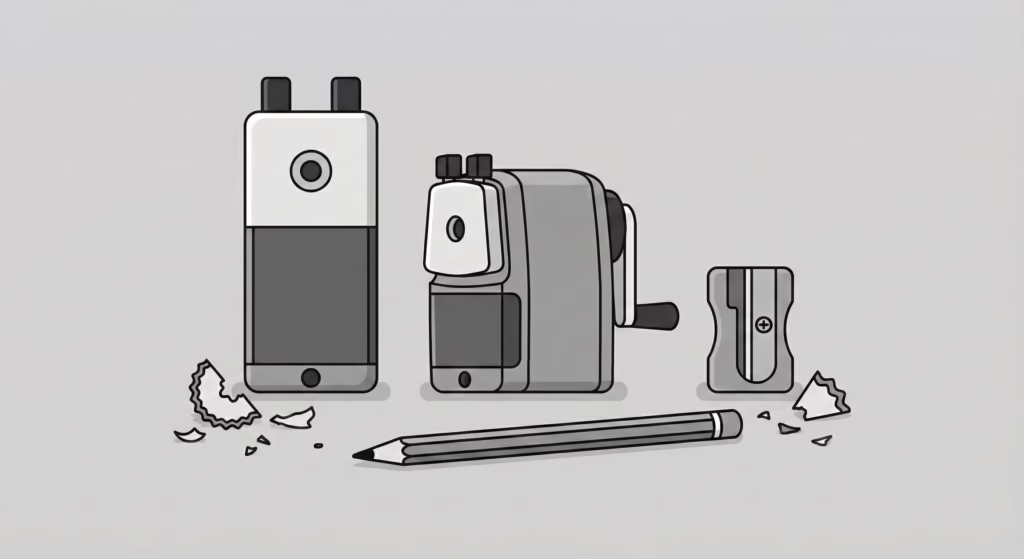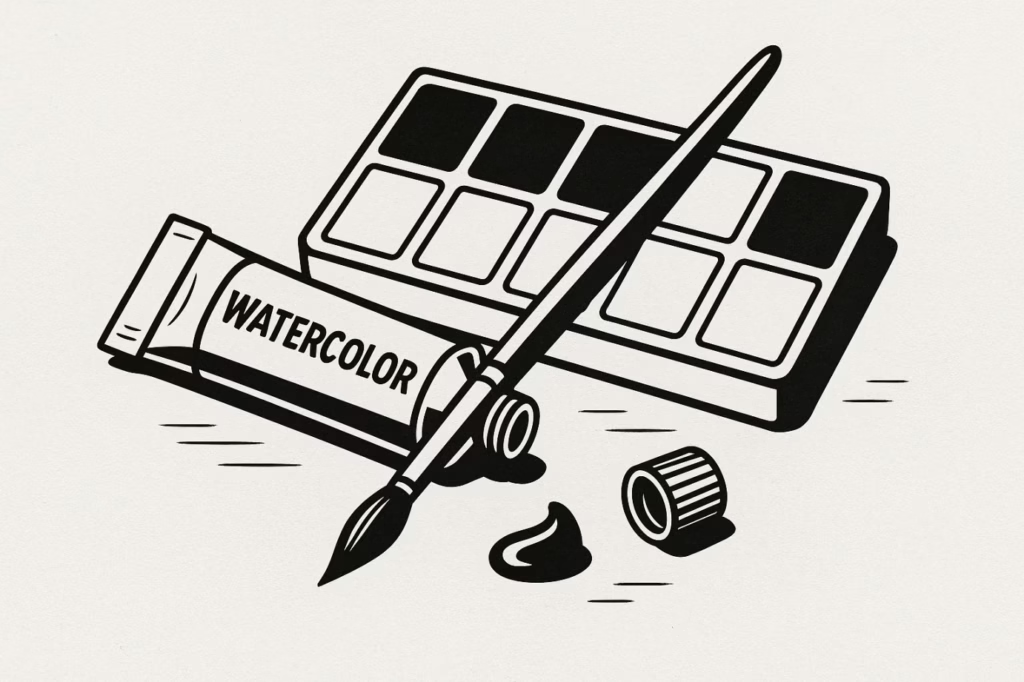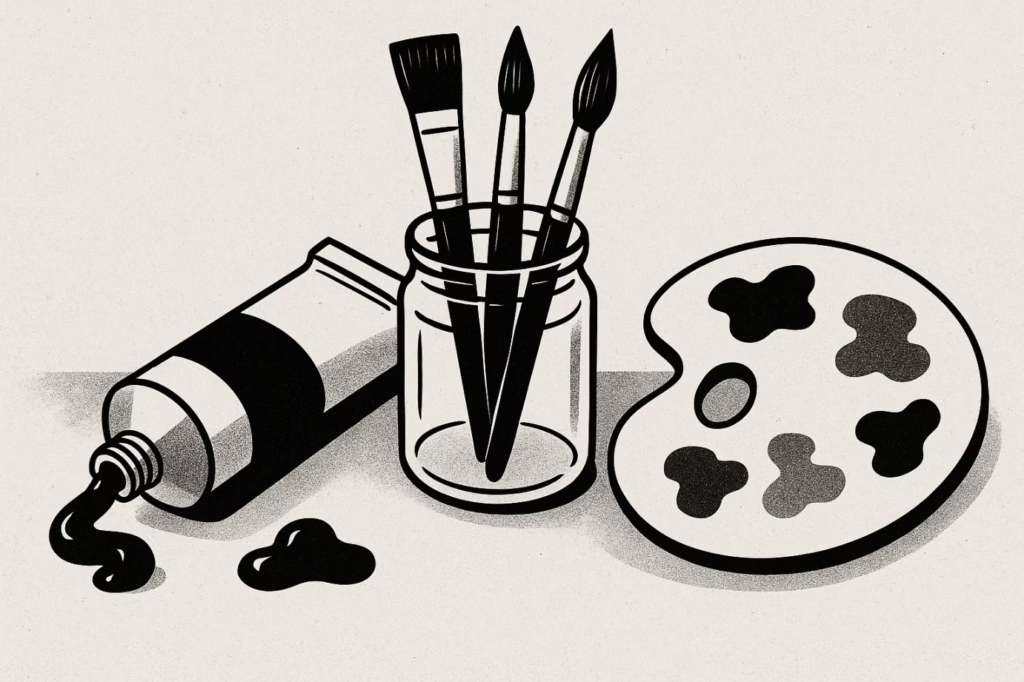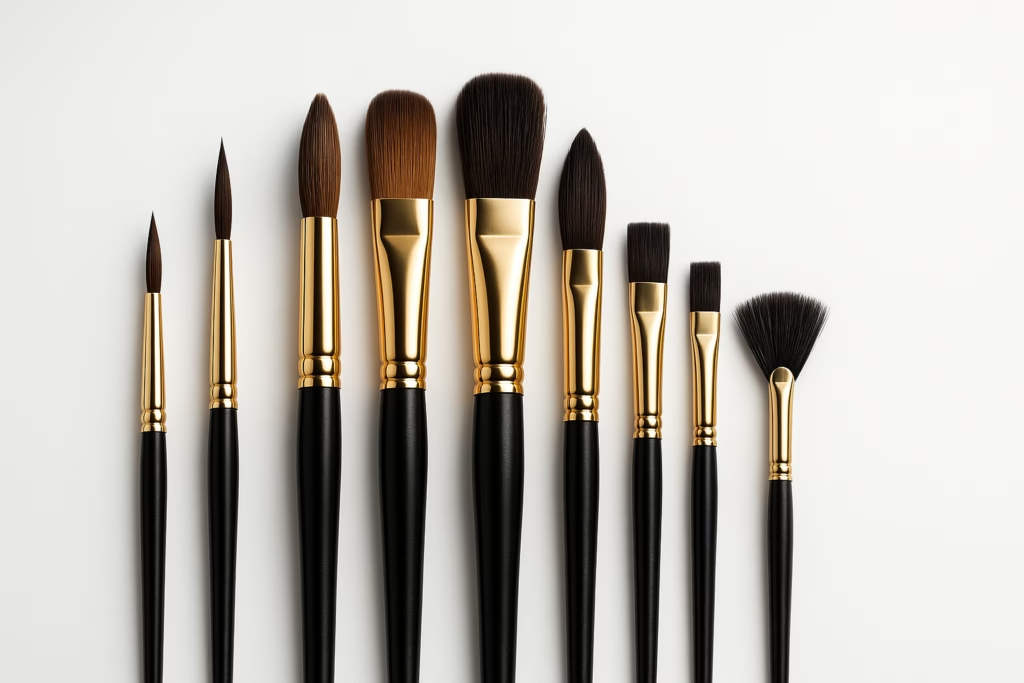Artificial Intelligence (AI) is revolutionizing the art world, sparking debates over creativity, originality, and authorship. Will AI replace artists? From AI-generated paintings auctioned for thousands of dollars to algorithms assisting artists in their creative process, AI is redefining what it means to create and appreciate art. However, questions surrounding copyright, artistic integrity, and the role of human creativity persist. In this article, we explore the profound impact of AI on the art industry, its implications for artists and collectors, and what the future holds for AI-generated art.
The Rise of AI-Generated Art
The emergence of AI in art creation has been driven by machine learning algorithms like Generative Adversarial Networks (GANs). These algorithms analyze vast datasets of existing artwork, learning patterns and styles to generate new, original pieces. One of the most famous examples is Edmond de Belamy, an AI-generated portrait sold by Christie’s in 2018 for $432,500. This marked a significant moment in art history, demonstrating AI’s ability to produce high-value artworks.
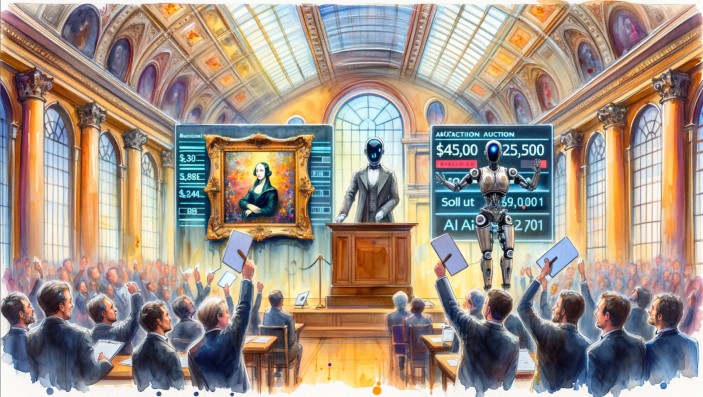
Notable AI Art Tools and Platforms
Several AI tools have gained popularity among artists and collectors:
- Stable Diffusion – An open-source AI model that enables artists to generate and modify images with deep learning techniques.

- Midjourney – An AI-powered image generation tool known for creating highly detailed and artistic visuals from text prompts.

- DALL·E – An AI system by OpenAI that generates detailed images from text prompts.
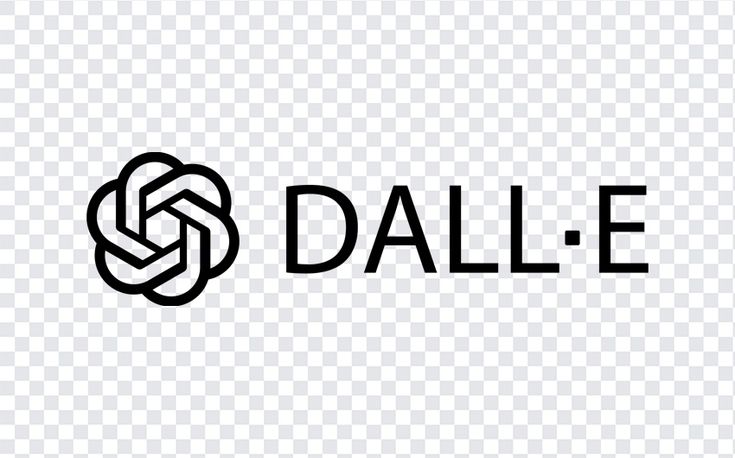
- Deep Dream – A Google AI project that transforms images into dreamlike, psychedelic visuals.

- Runway ML – A creative AI tool allowing artists to experiment with machine learning models in real-time.
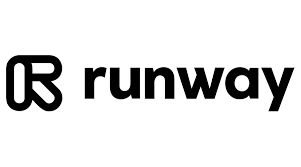
- Artbreeder – Uses genetic algorithms to enable collaborative AI-generated art.
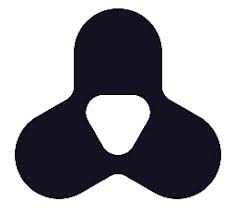
These platforms blur the lines between human and machine creativity, raising questions about artistic ownership and authenticity.
AI and Copyright: Who Owns AI-Generated Art?
One of the biggest controversies in AI-generated art is the issue of copyright and intellectual property. Traditional copyright laws grant authorship to human creators, but with AI playing a significant role in the creative process, ownership becomes unclear.
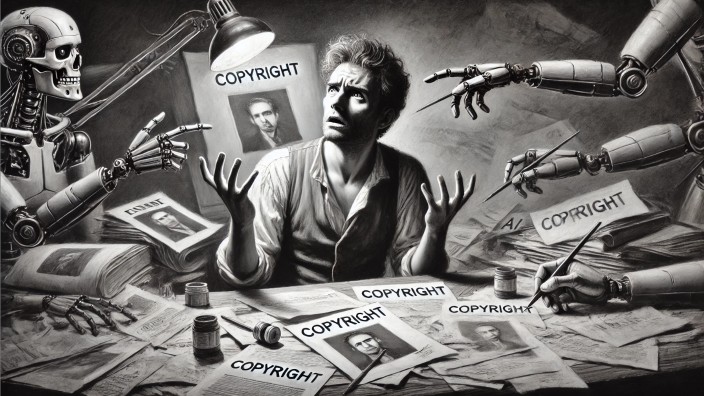
Key concerns include:
- Authorship – Should AI-generated artworks be credited to the artist who programmed the AI, the AI itself, or the dataset it was trained on?
- Fair Use and Data Training – AI models are trained on existing artworks, raising ethical concerns over using copyrighted material without permission.
- Legal Precedents – Courts and copyright offices worldwide are still defining policies for AI-created works. For example, the U.S. Copyright Office has ruled that fully AI-generated works cannot be copyrighted without significant human involvement.
The Impact of AI on Traditional Artists
While AI opens new creative possibilities, it also raises concerns among traditional artists. Some fear AI will replace human creativity, while others see it as a tool to enhance their artistic process.
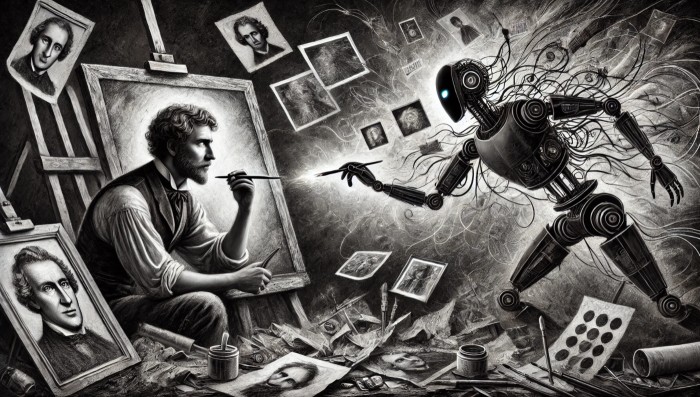
Here’s how AI is influencing artists:
Challenges:
- Market Saturation – The ease of generating AI art could flood the market, reducing the value of traditional works.
- Job Displacement – Some art-related professions, such as illustrators and designers, may face competition from AI-generated content.
- Ethical Concerns – AI art often borrows from existing styles, leading to debates on originality and artistic integrity.
Opportunities:
- Creative Collaboration – Many artists use AI as a co-creator, blending human intuition with machine-generated patterns.
- New Artistic Frontiers – AI enables exploration of surreal, abstract, and algorithmically complex forms beyond human capabilities.
- Efficiency in Art Production – AI can assist in tasks like colorization, style transfer, and even restoring lost artworks.
AI Art in Galleries and Auctions
AI-generated art has already made its way into prestigious galleries and auction houses. Institutions like Sotheby’s and Christie’s have showcased AI works, signaling their growing acceptance in the art market.
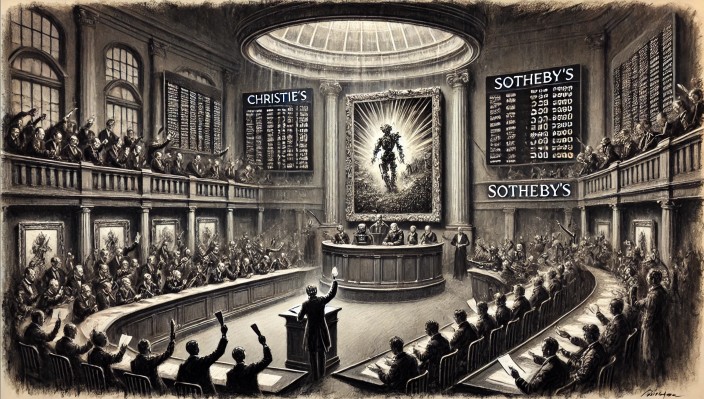
However, collectors must consider:
- Provenance and Authenticity – AI artworks lack the historical context of traditional paintings, making provenance a challenge.
- Investment Potential – While some AI-generated pieces have fetched high prices, the long-term value remains uncertain.
- Exclusivity – Unlike traditional artworks, AI art can be replicated infinitely, raising questions about scarcity and uniqueness.
Will AI Replace Artists?
The question of whether AI will replace artists remains one of the most hotly debated topics in the art world. While AI can generate artworks that mimic human styles, it lacks the depth of emotion, intent, and originality that define human creativity. Here are key factors to consider:
- AI as a Tool, Not a Creator – AI relies on pre-existing data to create images, whereas human artists bring personal experience, cultural context, and emotion to their work.
- Human Touch in Art – The nuances of brushstrokes, storytelling, and artistic evolution cannot be fully replicated by AI.
- Collaboration vs. Competition – Many artists are incorporating AI into their workflow to enhance their creativity rather than replace it.
- Consumer Preference – While AI-generated art has found a market, many collectors still value the uniqueness and authenticity of human-created works.
AI is best seen as a complement to human creativity rather than a replacement. Artists who embrace AI as a tool can expand their creative possibilities while maintaining the irreplaceable human element in art.
The Future of AI and Art
AI’s role in the art world is still evolving, with advancements in deep learning, neural networks, and creative algorithms shaping its trajectory. Some key future trends include:
- AI-Artist Collaborations – Expect more hybrid works where AI complements rather than replaces human artists.
- Personalized AI Art – AI tools may allow collectors to commission customized pieces based on their preferences.
- Blockchain and AI Art – Blockchain could help establish provenance and ensure the authenticity of AI-generated works.
- Ethical AI Development – Efforts to create transparent, fair AI models that respect artists’ rights and styles.
Conclusion
AI is undeniably reshaping the art world, challenging traditional notions of creativity and ownership. While it presents both opportunities and challenges, artists, collectors, and curators must adapt to this evolving landscape. Whether viewed as a revolutionary tool or a disruptive force, AI’s influence on art is here to stay. As technology progresses, striking a balance between human ingenuity and artificial intelligence will be crucial in defining the future of art.
What are your thoughts on AI-generated art? Do you see it as an innovative tool or a threat to traditional artistry? Share your insights in the comments below or explore AI-generated works in upcoming exhibitions at your nearest gallery!

